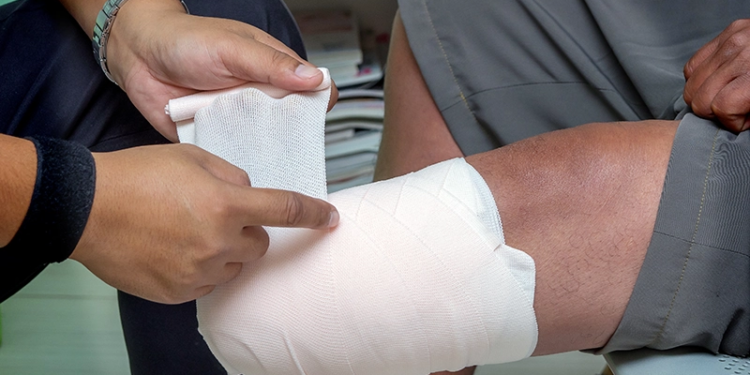Residual limbs that are difficult to fit, patients’ ability to connect cognitively with their prostheses, and the economics of advanced devices are important considerations in all prosthetic specialties. But they are particularly relevant in upper-limb prosthetics due to the integral social role of our hands, the high rate of prosthetic rejection, and the lack of clearly defined criteria such as the lower-limb K-levels to determine eligibility for advanced technology. Experts in the profession explore these challenges in this issue of The O&P EDGE.
Upper-limb prosthesis rejection is common, with a variety of factors influencing the abandonment of use. For some patients, though, a challenging residual limb that impacts prosthesis fit and comfort is the primary cause interfering with a successful prosthetic outcome. “Residual Upper-limb Optimization: Surgeon and Prosthetist Collaboration” explores how prosthetists can work with surgeons to determine whether surgical revisions would be appropriate to provide a better residual limb foundation for prosthetic fitting and how to approach the conversation with patients.
Support authors and subscribe to content
This is premium stuff. Subscribe to read the entire article.





